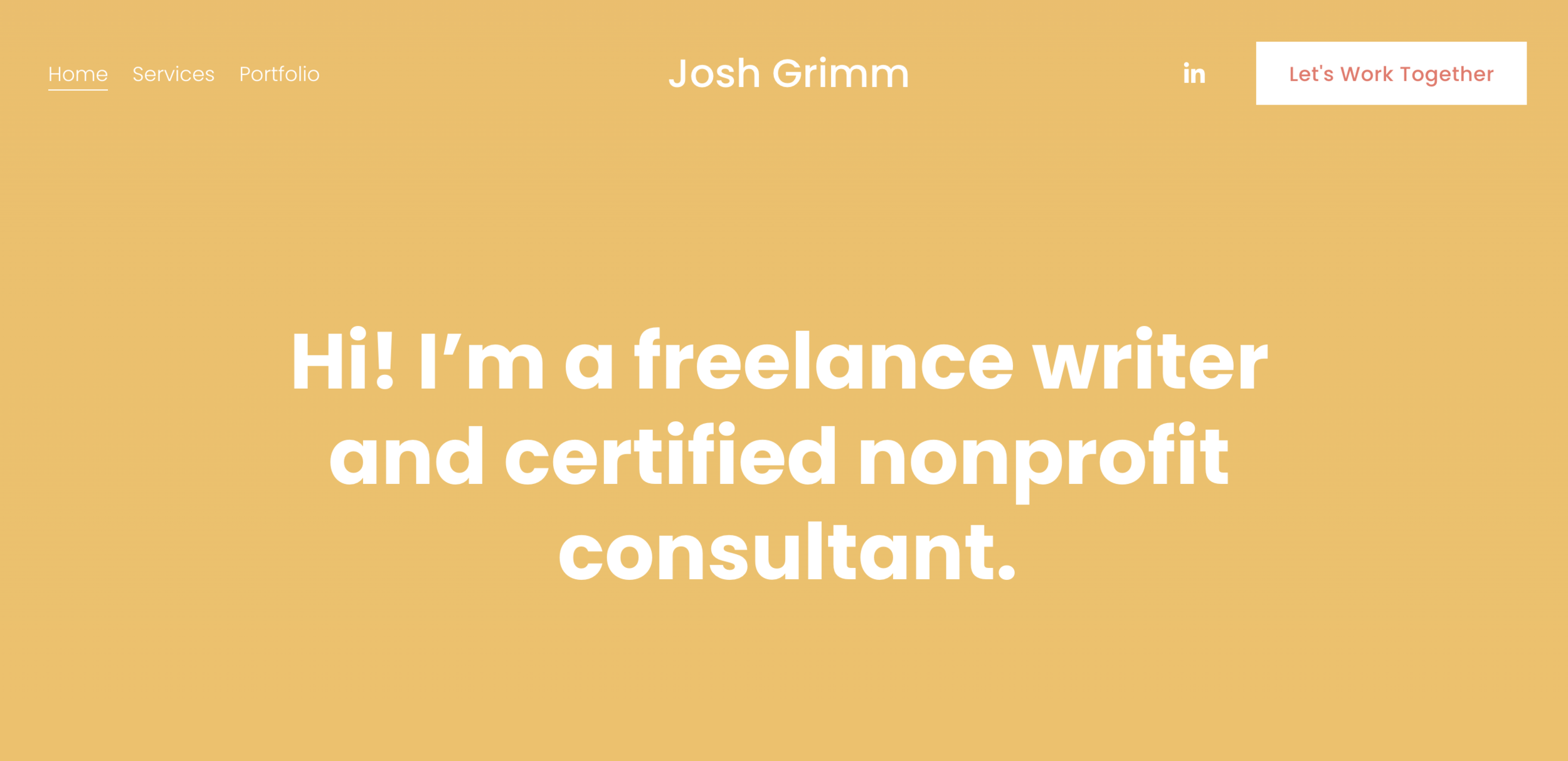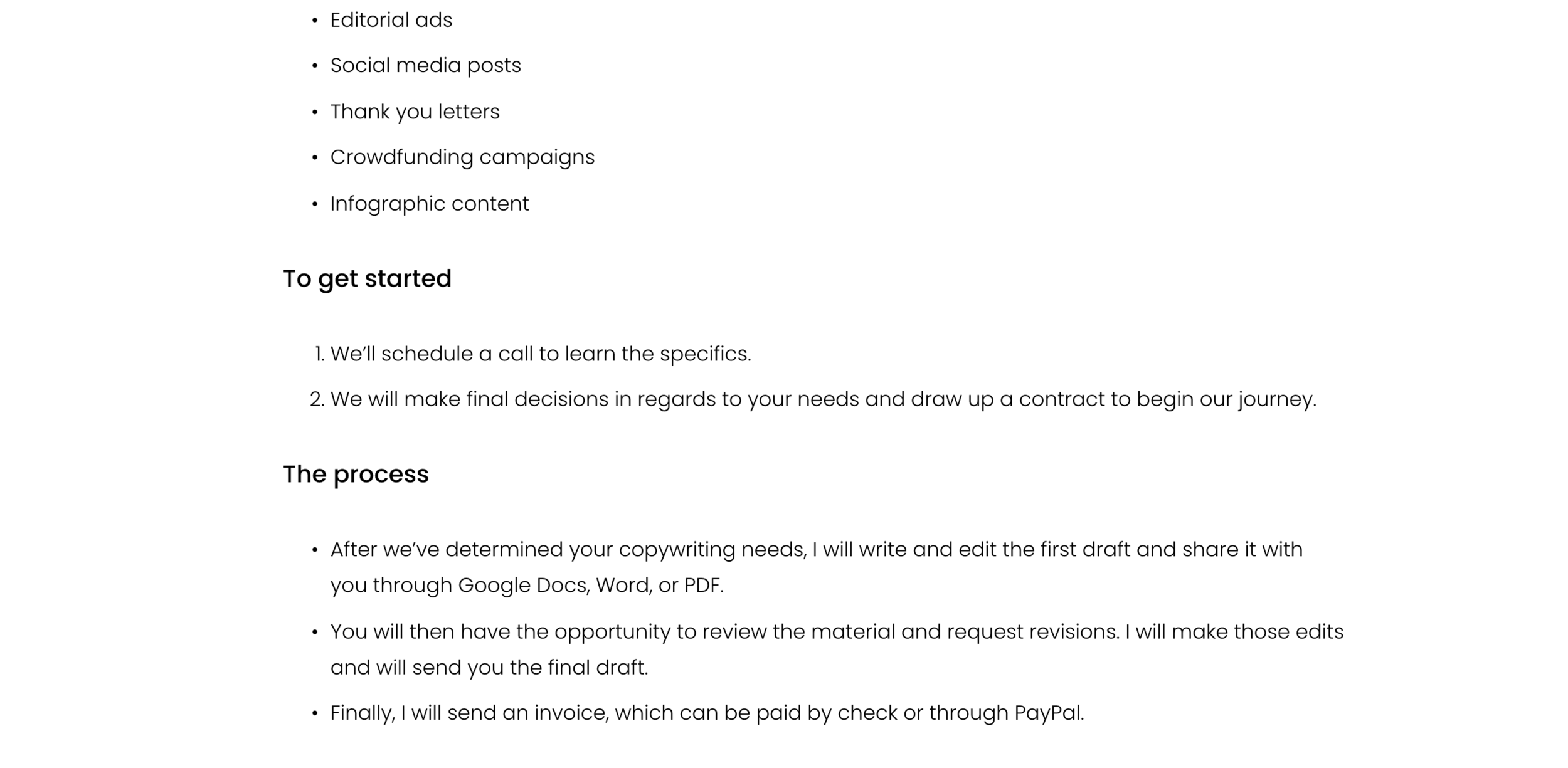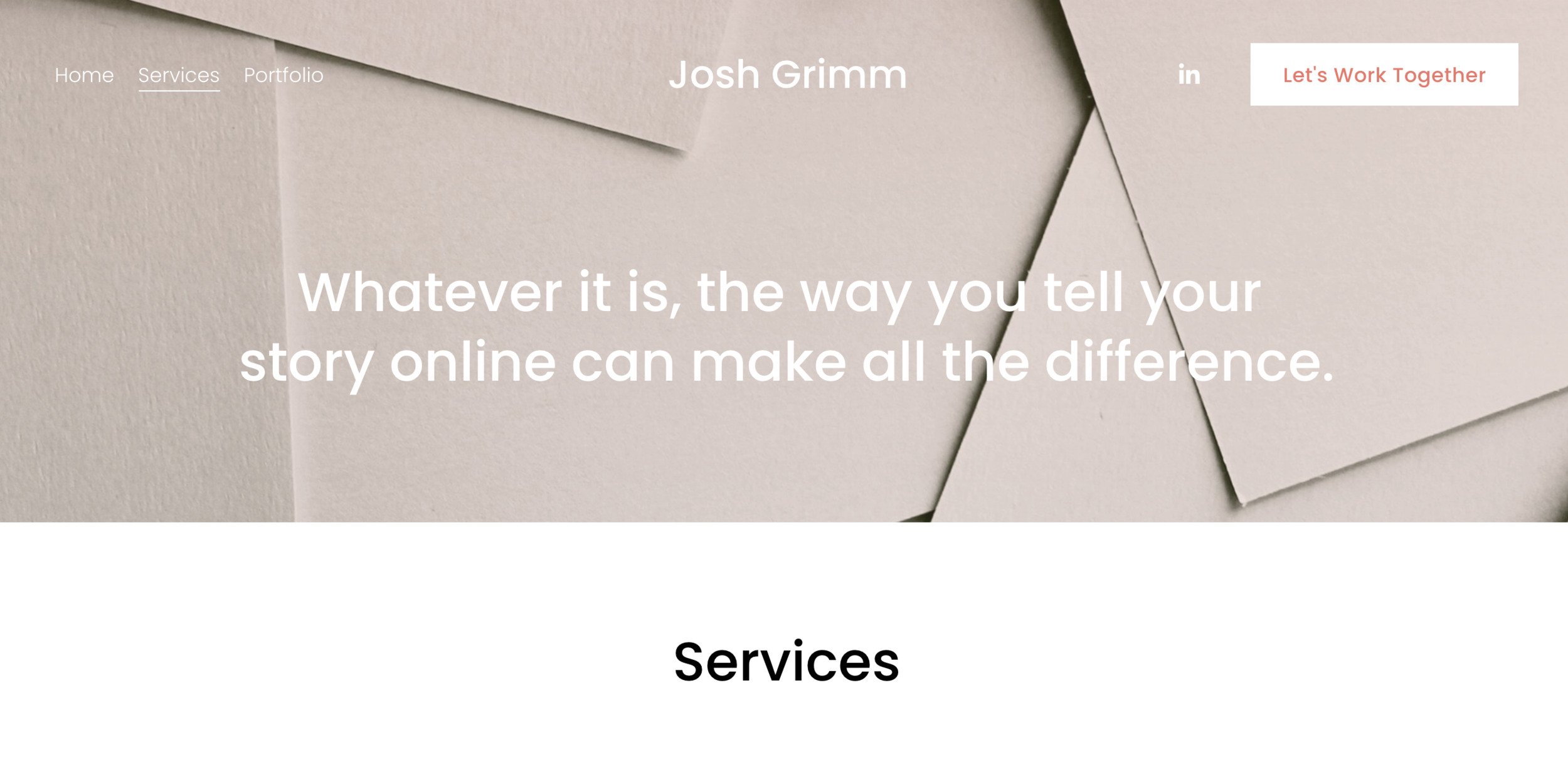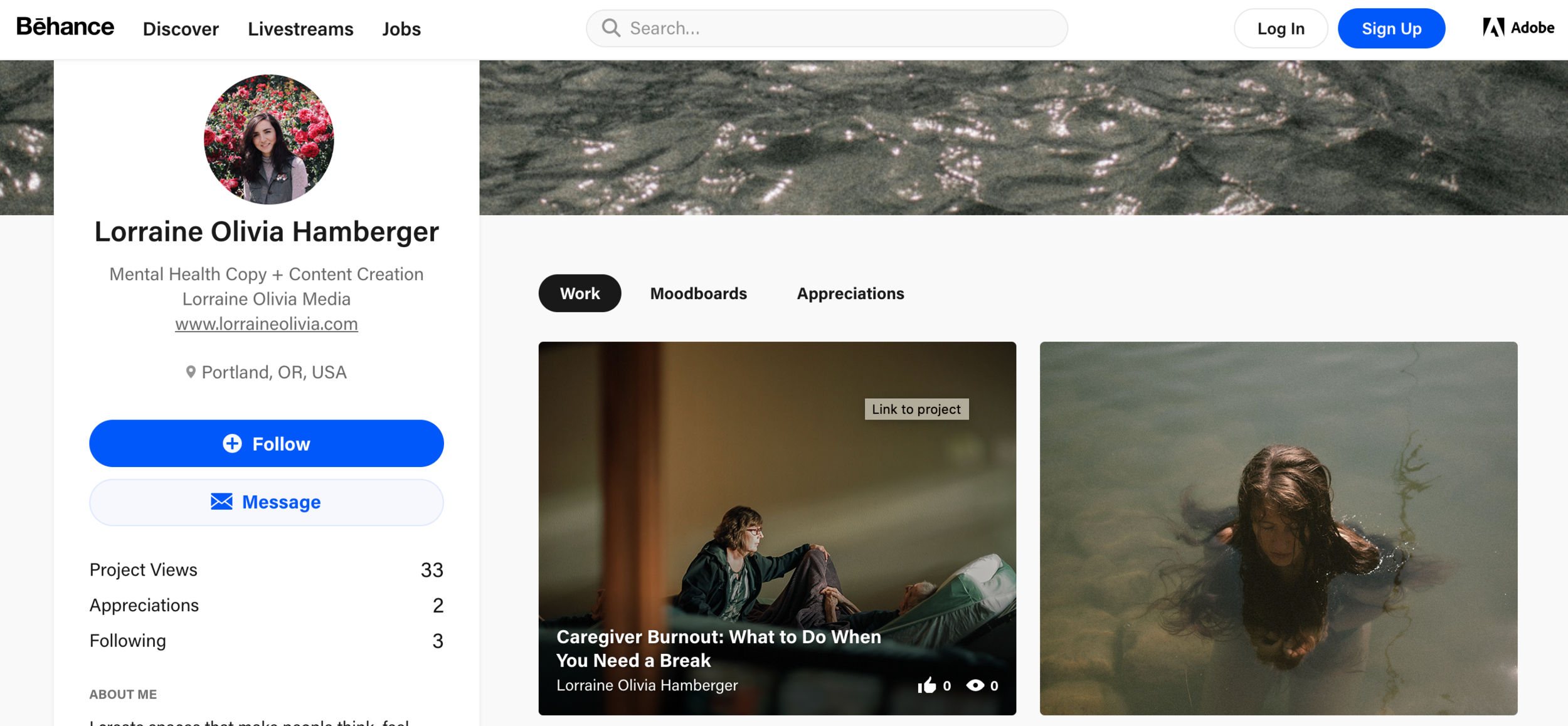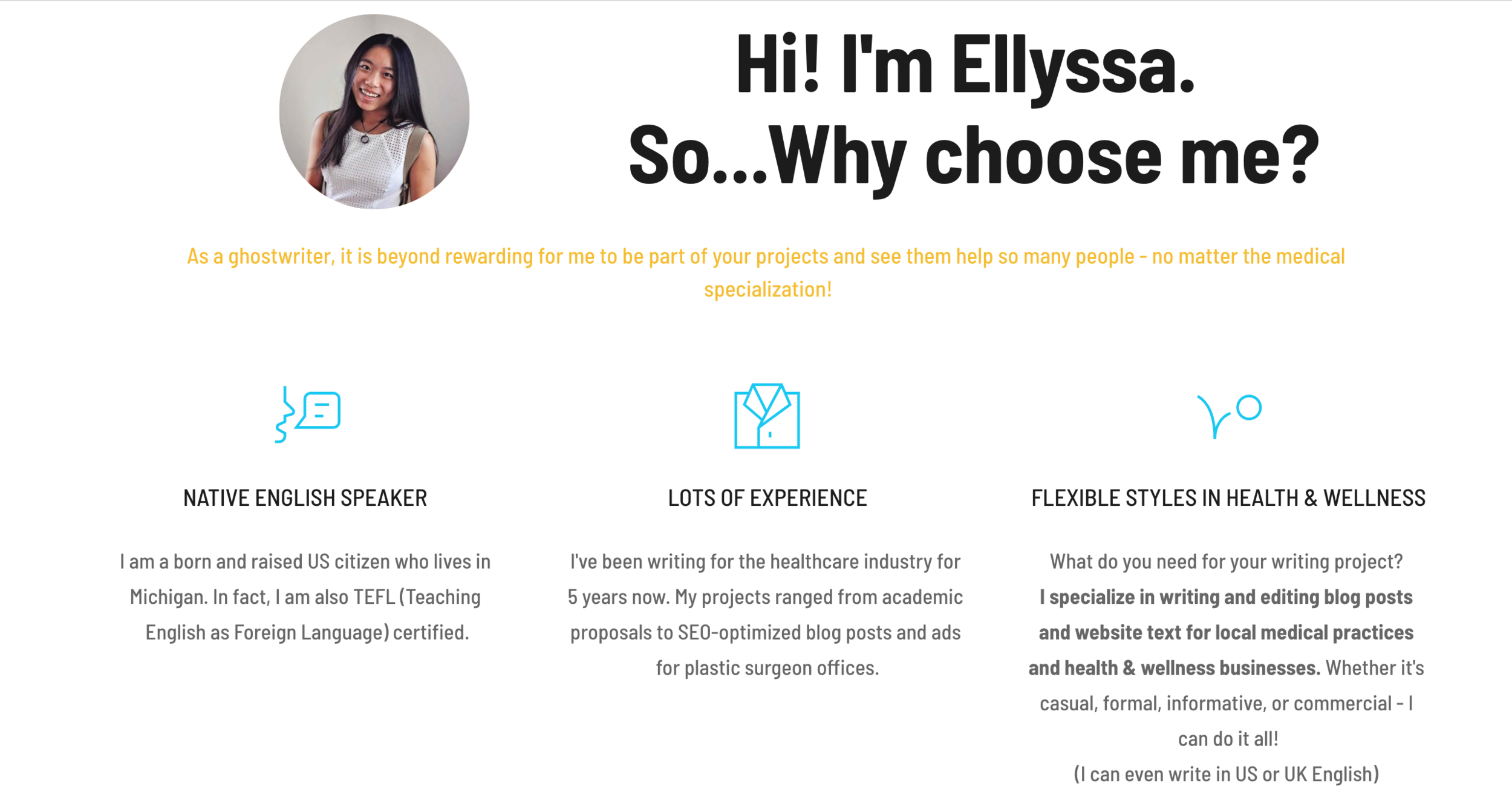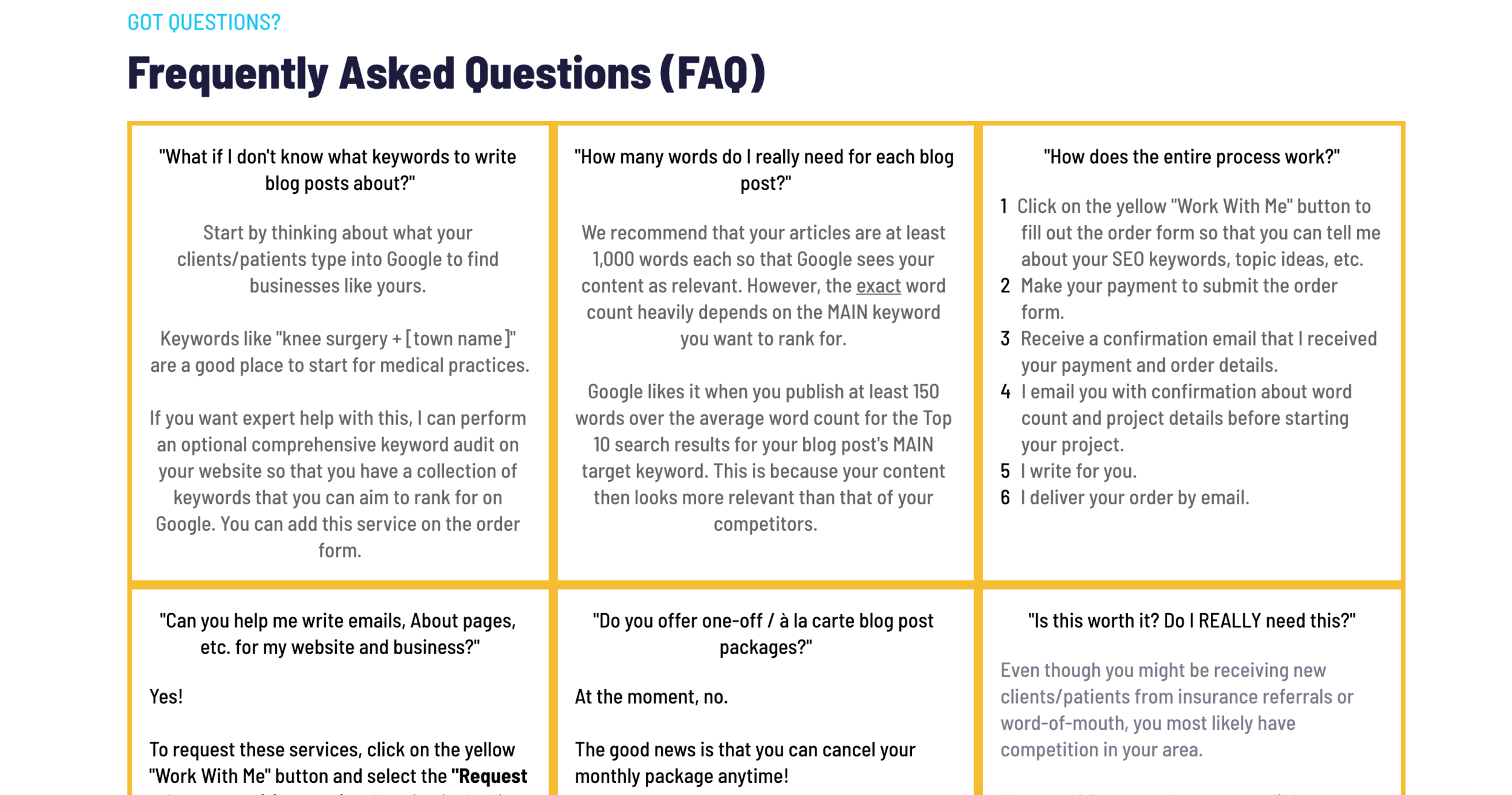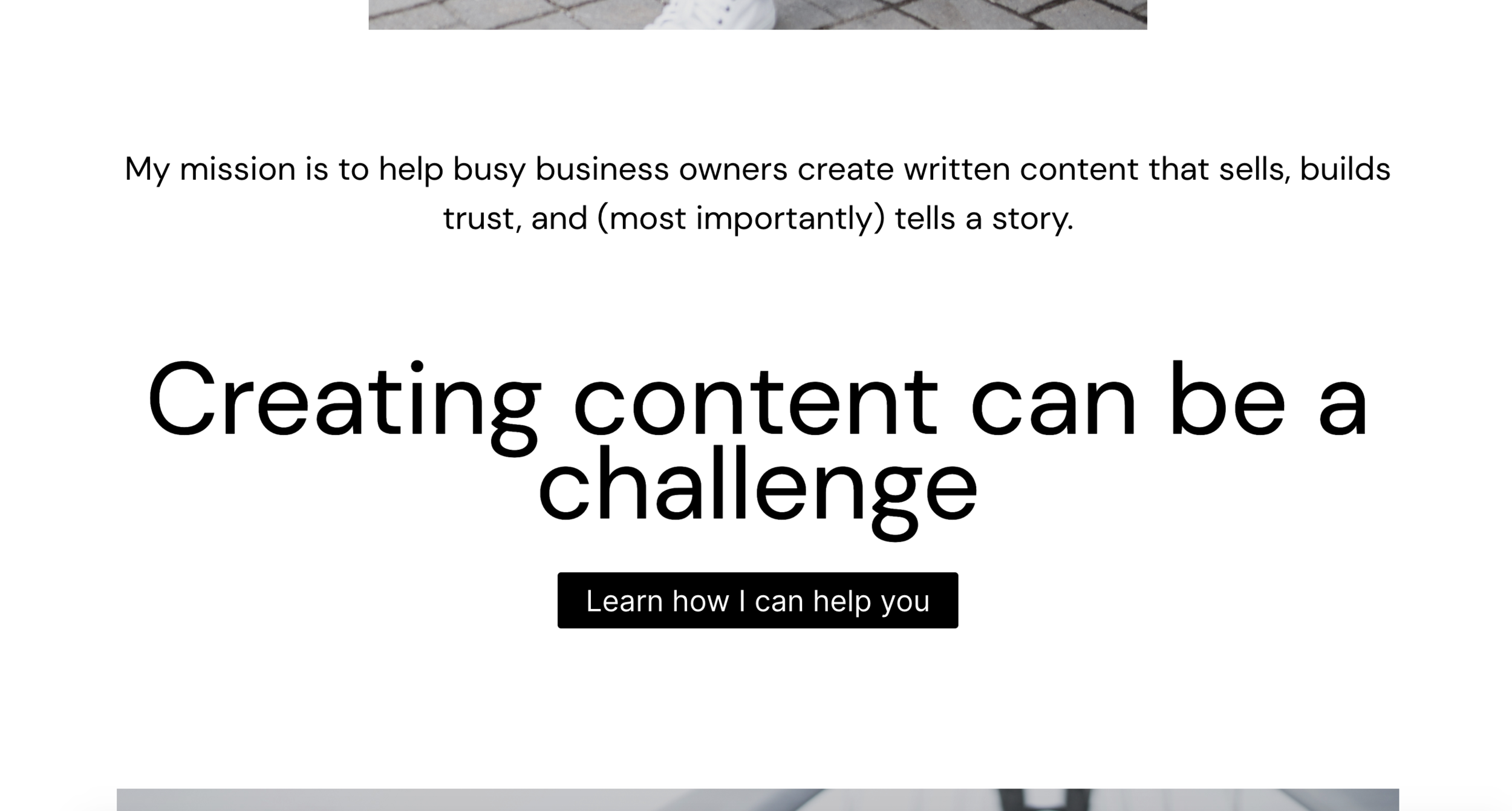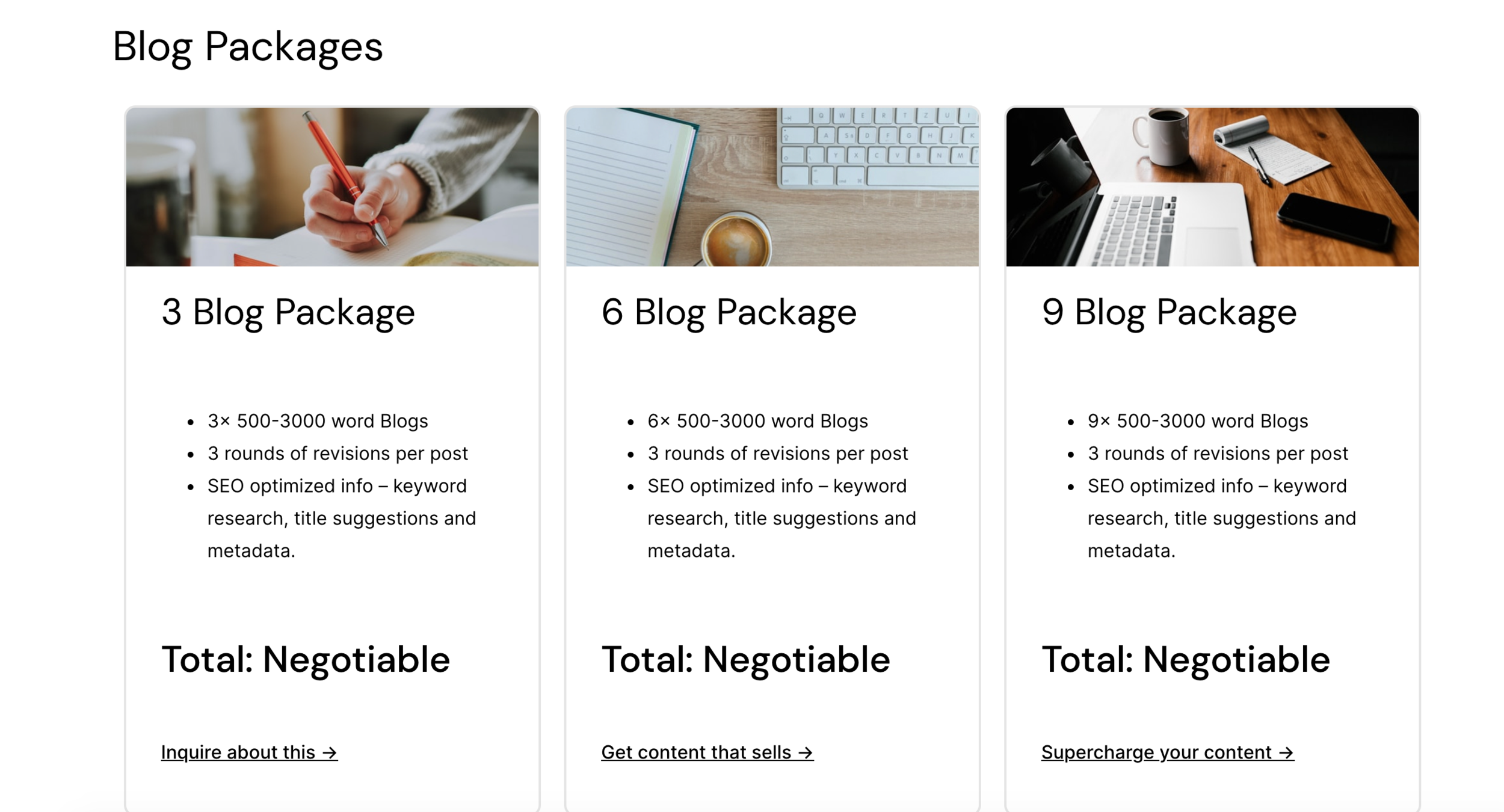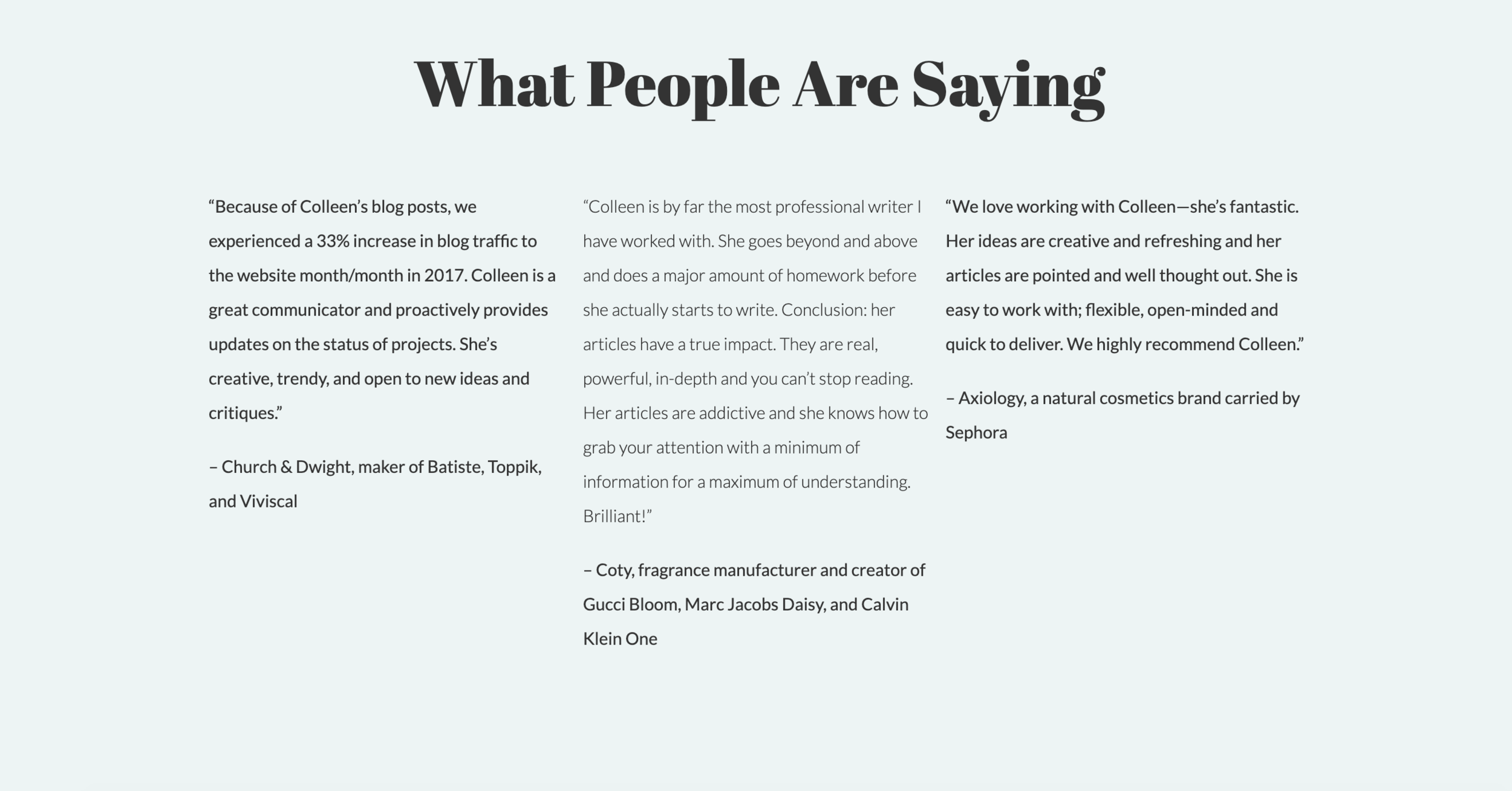Writing Portfolio Examples: 9 Ways to Stand Out
Your freelance writing portfolio is the single most important tool for starting your freelance writing career. I’ve talked about how to build a freelance writing portfolio before, but you may be wondering, “What is my writing portfolio actually supposed to look like?”
I’m answering that question today!
Keep reading to see five great writing portfolio examples, plus nine tips that will help your portfolio stand out from the crowd.
Click on the YouTube video below if you prefer to learn via video. And don’t forget to subscribe to my YouTube channel to stay up-to-date on my weekly freelance writing tips and tricks.
WHAT’S A PORTFOLIO?
First, let’s talk about what a portfolio is. It’s pretty simple: a portfolio is a collection of writing samples that show off your work.
Your portfolio should do these three things:
Make it clear how you would help a freelance writing client
Show off the best of your writing skills and knowledge of your industry
Show you’re professional and trustworthy
If you don’t have any real-life writing samples yet, you’ll need to create your pieces on spec. On spec just means you’re writing for free. Think about your ideal client in your niche and create a project for them. Don’t worry about copyright infringement. As long as you make it clear to your clients that this was just a spec project and not the real deal, you’re fine. If you’re worried about it, you can also just change the name of the company.
Visit this blog post to learn more about building a portfolio without any experience.
WHAT MAKES A GOOD WRITING PORTFOLIO?
So, what makes a good portfolio? Here are nine tips to help you build a portfolio that stands apart from the crowd and attracts your ideal clients.
All of the portfolios listed below belong to members of my self-guided online course, The Freelance Writer’s Guide to the Galaxy. And each writer participated in Portfolio Workshop, which is a free added bonus for Galaxy members.
The Freelance Writer’s Guide to the Galaxy teaches you how to turn your writing skills into a sustainable, low-stress business. When you become a Galaxy member, you get lifetime access to the course materials, access to the Galaxy online community, and free entry to Portfolio Workshop, a live video workshop where we give and receive feedback on each other’s portfolios.
#1: TELL PEOPLE WHAT YOU DO
Josh’s portfolio (josh-grimm.com) makes it very clear that he is a copywriter and content writer for nonprofits.
If you don’t tell people what you do, they won’t know! So tell people what you do.
#2: ADD A NICE PHOTO OF YOURSELF
Josh uses a photo of himself in his “Introduction” section that’s well-lit and professional looking. Even if he’s just sitting on the ground outside of a Whole Foods, it doesn’t matter. He looks like a friendly person who you can trust to get the job done.
You don’t need to invest in a fancy camera. Just put on a blazer, go outside, and have your mom take pictures of you on your phone. Photos go a long way to building trust on the Internet, so be sure to add a picture or two of your smiling face!
#3: DEFINE YOUR SERVICES
Josh does a great job of laying out exactly what he offers and how the process of working with him will go.
Believe it or not, most clients haven’t worked with a freelancer before. That’s why you need to have your services defined so you can streamline the process and own the relationship.
Tell clients exactly what they can expect when working with you!
#4: ADD CTAS ON EVERY PAGE
At the top of each page on Josh’s portfolio, there’s a “Let’s work together” button visible. This is called a call to action (also known as a CTA), and it’s important to have CTAs on every web page to make it easy for potential clients to work with you.
CTAs direct potential clients to the next step of them hiring you. I recommend having your CTAs link to a contact form for clients to fill out!
#5: USE BEHANCE
Lorraine created her portfolio (www.behance.net/lorraineolivia) on behance.net, which is a great, cost-effective solution for showing off your writing samples without having to build an entire website. Behance is free to use, so if you’re looking for a quick and easy way to show off your writing samples, this is it. I used Behance when I started out!
She added a featured image for each piece, and placed her text below. It’s not fancy, but it gets the job done!
#6: BRAND YOUR BUSINESS
Ellyssa’s portfolio (https://www.thehappyghostwriter.com) is a great example of how important branding is for your freelance business. Just like with any business, your branding conveys what makes your freelance business special.
Branding includes things like your business name, your logo, your fonts and colors, and the tone of voice you use in your website and marketing.
She also includes a “Why choose me?” section and an FAQ section to help build trust with potential clients and convince them to reach out to her for help.
#7: EMPHASIZE HOW YOU HELP PEOPLE
Gracia’s portfolio (Graciadinzaumbudi.com) does a great job of emphasizing how easy it is to work with him. He’s telling potential clients how he saves them time and hassle by taking copywriting off of their plate.
It’s not just about the content you’ll provide for a client, it’s about the feeling the client will get when they work with you. How will it make the client feel to outsource a task? Awesome, hopefully! And you should convey that feeling in your portfolio.
#8: OFFER BLOG PACKAGES FOR LONG-TERM CLIENTS
Gracia pushes blog packages on his site, which is key for securing long-term clients. The more long-term clients you have, the less time you’ll have to spend searching for work. This means more money and less time working for you!
If you want to learn more about turning your clients into long-term clients, watch this YouTube video.
#9: USE SOCIAL PROOF
On my portfolio (glossytype.com), I share testimonials from my clients in more than one place. I also have logos from some of the bigger clients I’ve worked with on my home page.
If a potential client sees that other people have hired you and they were happy with your work, they’re more likely to hire you.
Ask every client you’ve worked with for a testimonial. As soon as you work with a client, show that off on your portfolio.
Okay, buddy! I hope these examples gave you inspiration for making your portfolio stand out.
If you want me to help you build your portfolio, apply to my 1:1 coaching program here! And if you need help building a website, get in touch with my friend Athena! She builds cool websites for freelancers and musicians, and she’s offering 10% for any of my buddies. Just use promo code COLLEEN when you work with her.

